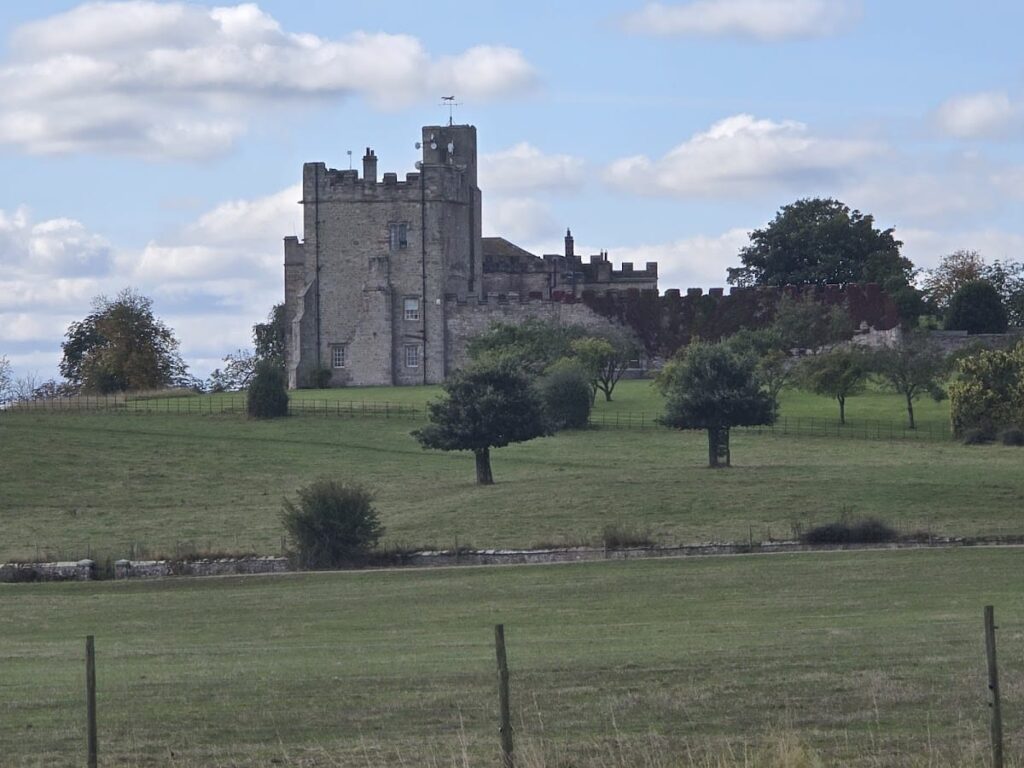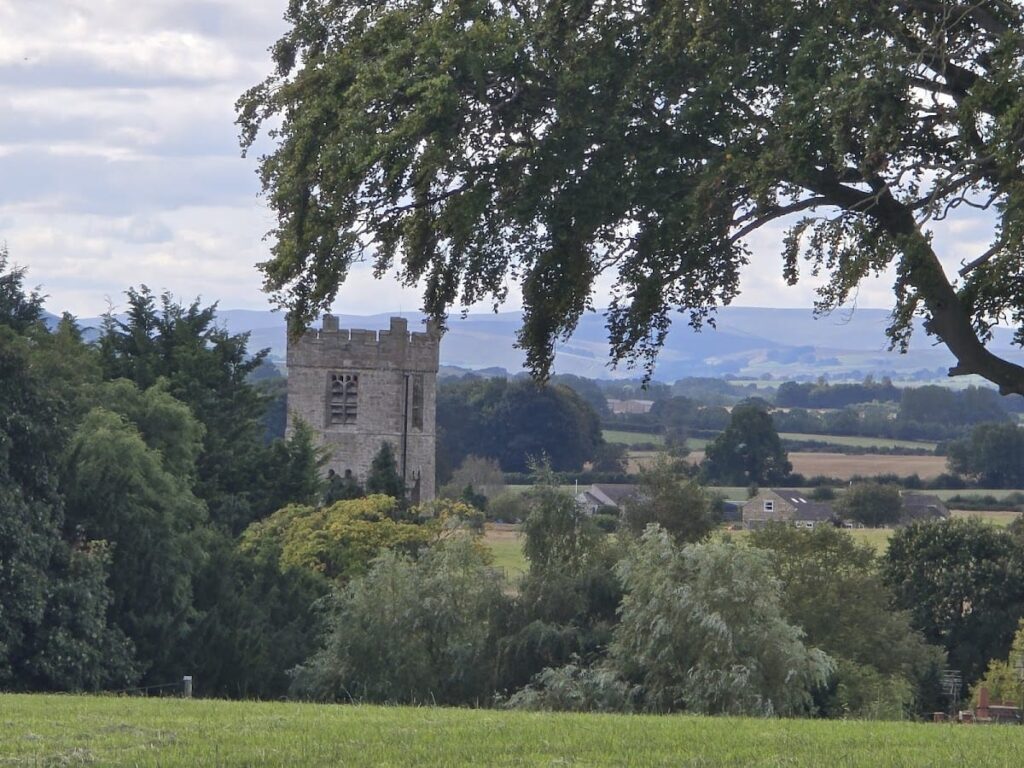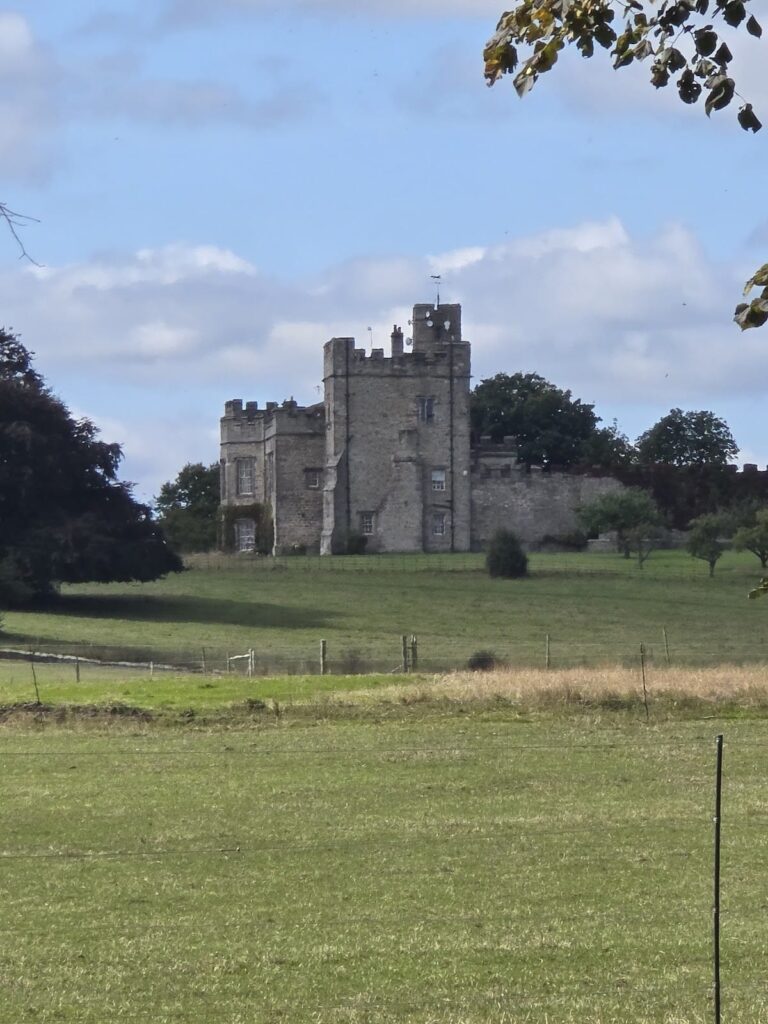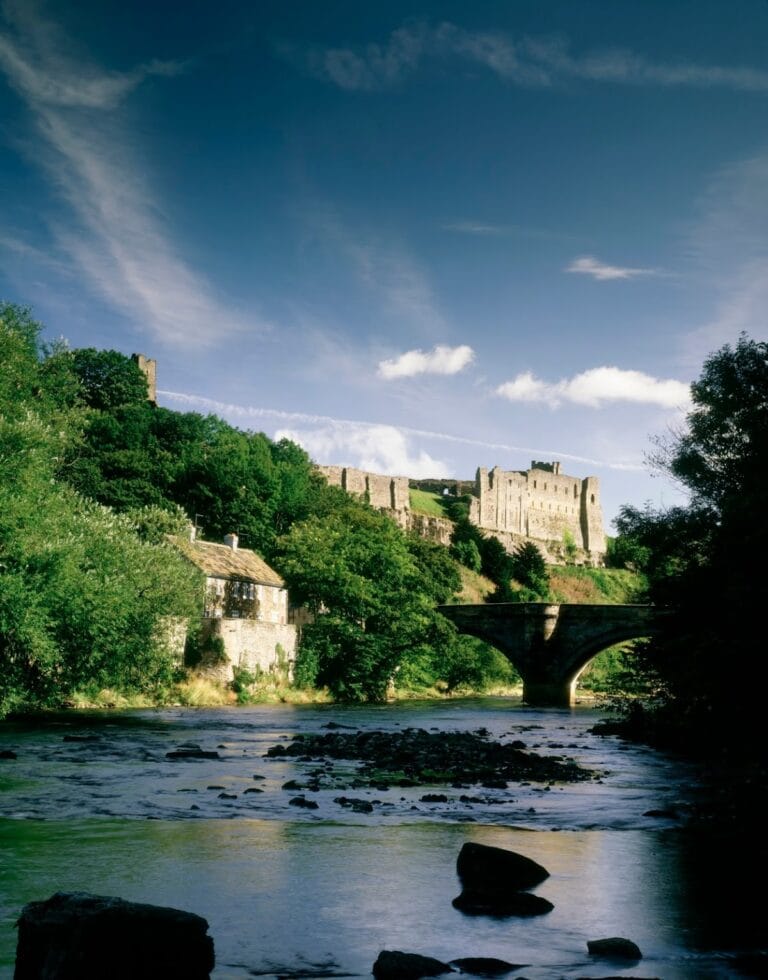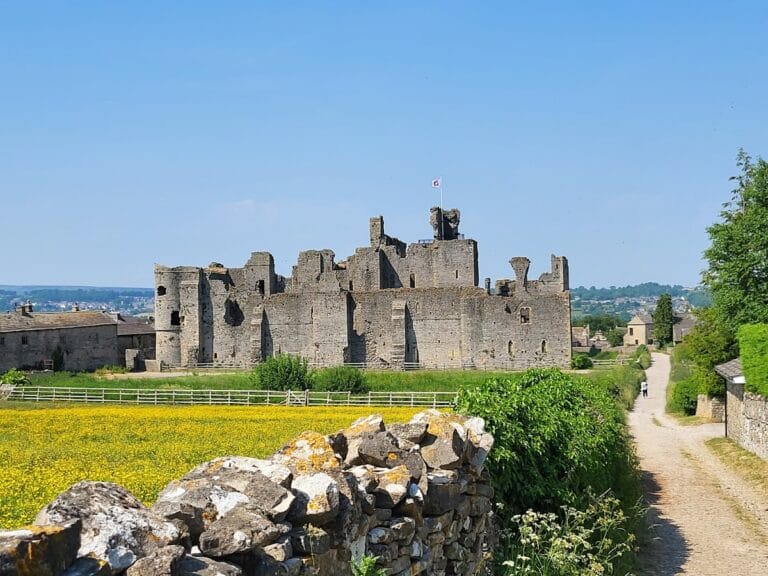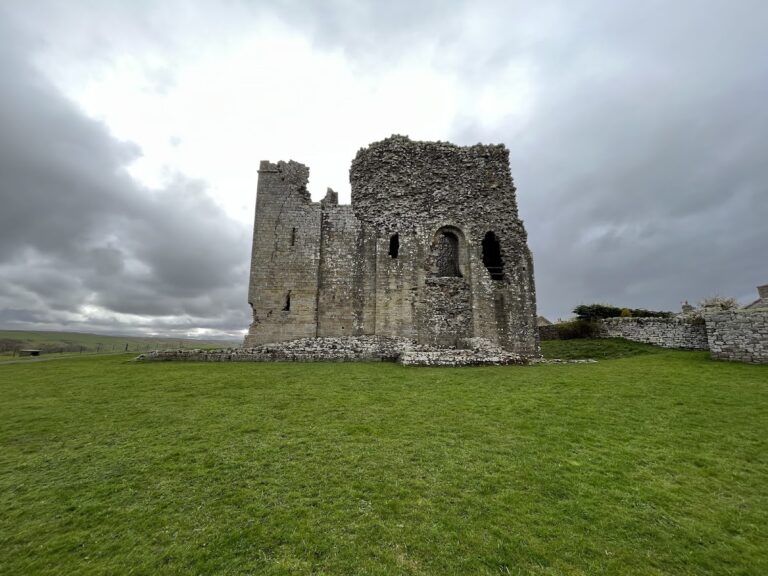Hornby Castle: A Historic Manor House in North Yorkshire
Visitor Information
Google Rating: 4.8
Popularity: Very Low
Google Maps: View on Google Maps
Country: United Kingdom
Civilization: Medieval European
Remains: Military
History
Hornby Castle is located near Wensleydale in North Yorkshire, England. It began as a fortified manor house in the 14th century, originally owned by the St Quintin family. Ownership passed to the Conyers family when Margaret Quintin married John Conyers, who died in 1422.
In the 15th century, William Conyers, 1st Baron Conyers, undertook extensive rebuilding of the castle. He preserved only the original 14th-century St Quintins tower, which stood until its demolition in 1927. The estate remained with the Conyers family until the death of John Conyers, 3rd Baron Conyers, in 1557. His daughter Elizabeth inherited the property and brought it into the Darcy family through her marriage to Thomas Darcy.
The Darcy family, later elevated to the Earls of Holderness in 1682, held Hornby Castle through the 17th and 18th centuries. Conyers Darcy, 2nd Earl of Holderness, served as a Member of Parliament for Boroughbridge and Yorkshire during the 1660s. During the English Civil War, Parliamentary forces under Colonel Ralph Assheton seized the castle. Although an order was given to slight, or partially destroy, the castle, this was never carried out, leaving the structure intact.
In the 1760s, Robert Darcy, 4th Earl of Holderness, commissioned a major reconstruction of the castle. The work, designed by architect John Carr of York, focused on the southern part of the complex. The eastern range remained until its demolition in the 1930s. The estate later passed to the Osborne family through Amelia Darcy’s marriage to Francis Osborne, Marquess of Carmarthen, who became the 5th Duke of Leeds. Hornby Castle then housed a notable collection of early 18th-century furniture assembled by Osborne, which was documented by Percy Macquoid.
After the demolition of Kiveton Hall in 1811, Hornby Castle became the main residence of the Dukes of Leeds. This continued until the time of George Osborne, 9th Duke of Leeds. In 1930, much of the castle complex was demolished. The 16th-century main doorway was preserved and is now part of the Burrell Collection in Glasgow. The remaining south range was purchased in 1936 by Major-General Walter E. Clutterbuck. His grandson Roger Clutterbuck and wife Julia later restored the park and introduced a small herd of bison. The castle remains a private home, with the gardens occasionally accessible.
Remains
Today, only the south range of Hornby Castle survives from what was once a larger complex. The castle originally included multiple buildings and defensive structures, most of which were demolished in the 20th century. The surviving south range consists of two two-story buildings joined at a right angle, with partial remains of battlemented walls and defensive towers.
The castle was constructed using coursed sandstone rubble and brick. Its roofs are made of lead and stone slate. The 16th-century main entrance doors, once part of the castle, were removed and are now exhibited in Glasgow’s Burrell Collection. The east side of the castle once featured a massive three-story tower known as the St Quintins tower, dating from the 14th century, but it was demolished in 1927.
The 18th-century remodeling by John Carr is mainly visible in the surviving south range. The eastern range and other outbuildings were removed during the 1930s demolitions. The castle grounds include a deer park and a working farm established by the Clutterbuck family in the 20th century. The park was restored alongside the castle’s remaining structures, and a small herd of bison was introduced as part of the estate’s modern management.
